BOULDER JUNCTION, Wis.—Linda Thayer’s goal was clear: She knew she needed a BSN – a Bachelor of Science degree in Nursing – to advance in her career. The prospect of extra work didn’t scare her a bit.
For one thing, Thayer had already upgraded her credentials 10 years earlier – making countless hour-long trips to the nearest community college for the courses she needed to make the transition from dental hygienist to nurse. For another, she was no kid. At age 52, she’d already spent a decade juggling multiple responsibilities: working full time as a licensed practical nurse in a dialysis clinic, acting as caregiver for an aging parent, all while serving as commander of her town’s volunteer ambulance service.
No, Linda Thayer wasn’t intimidated. She knew where she needed to be. Her problem – quite literally – was how to get from here to there.
For Thayer, “here” is Boulder Junction (population 932) … a popular fishing spot in the lake country of far-northern Wisconsin … the self-proclaimed “musky capital of the world” … a zero-stoplight town 22 miles from the nearest McDonald’s … a rural outpost where, as Thayer deadpans, “educational opportunities are somewhat limited.”
Don’t misunderstand. Thayer loves living in Boulder Junction, a lakeside town that bustles with tourists in summer and basks in rural tranquility the rest of the year. But a mecca of higher education it is not. The nearest state-supported brick-and-mortar institution offering a BSN, the University of Wisconsin-Green Bay, is 180 miles southeast – not a viable option, given Thayer’s other responsibilities. Nor was she inclined to pursue a BSN through traditional online coursework. What Thayer needed was a self-directed program that allowed her to stay close to home.
She found it in the University of Wisconsin’s Flexible Option, an innovative, competency-based education (CBE) program that was forged five years ago in the offices of UW-Extension – the arm of UW system that focuses on continuing education and on research and business outreach.
In 2012, UW-Extension Dean David Schejbal, handed his boss, then-Chancellor Ray Cross, a white paper outlining the CBE model. Schejbal knew the idea was a bit radical. In fact, he knew that the program, if implemented, would be the first of its kind at a publicly funded university.
The response, then, wasn’t a total surprise. “This is crazy,” exclaimed Cross, who’s now the UW system’s president. Schejbal persevered, urging a closer read – a second look that resulted in what Schejbal called “a 180-degree reversal.”
“He wasn’t just open to the idea,” Schejbal recalls. “He became a champion.”
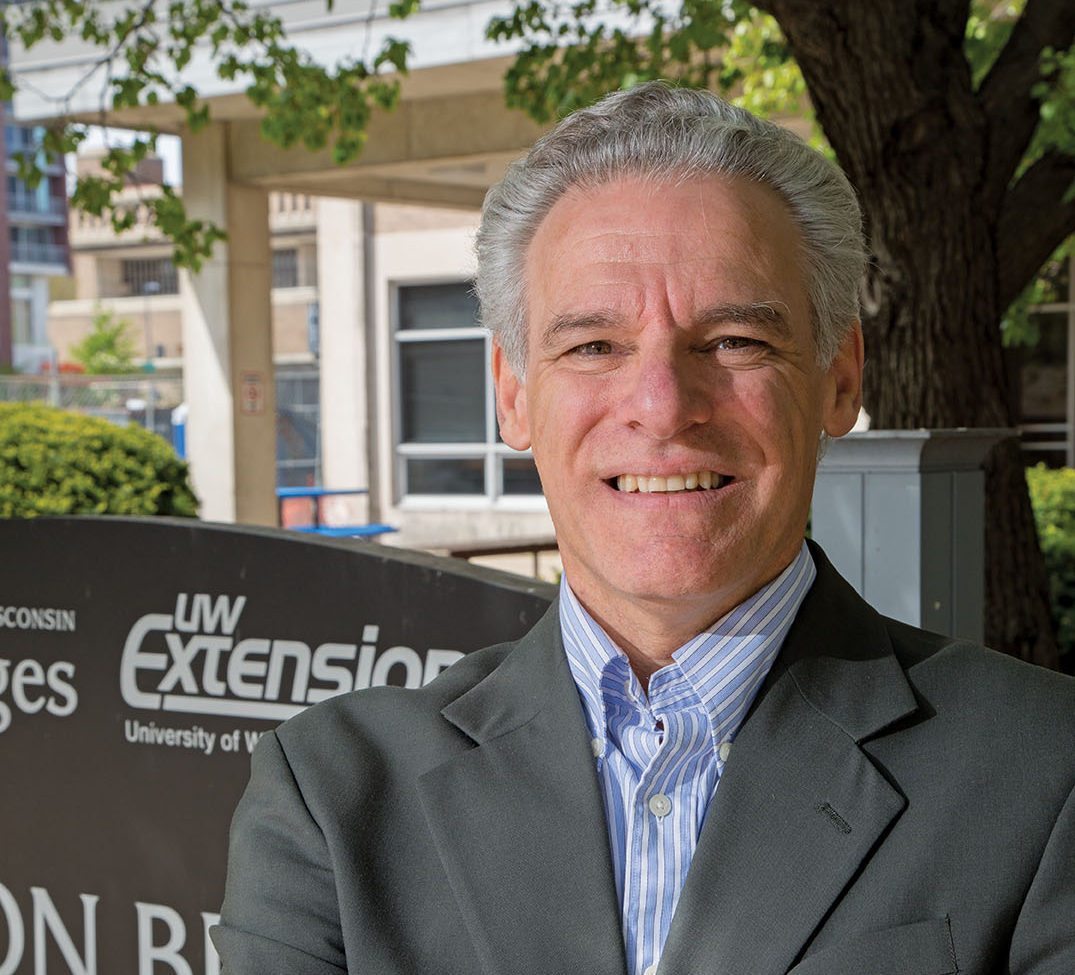
In late summer of 2012, Aaron Brower was brought in as UW-Extension’s provost and vice chancellor for academic affairs. Together, he and Schejbal began stitching together the program that evolved into the UW Flexible Option.
A unique opportunity
The evolution of “Flex” was not without a few hiccups.
Harboring misgivings about MOOCs – Massive Open Online Courses, as popularized by Stanford University and MIT – and the negative publicity attached to for-profit colleges and universities, the system’s board of regents moved slowly to adopt the proposal detailed in Schejbal’s white paper. And the author understood the board’s uncertainty.
“It wasn’t just that there was nothing like it in Wisconsin,” Schejbal recalls. “There was nothing like it across the country.”
The board of regents ultimately signed off on Flex, but not before securing assurances that the program would not, as Brower put it, “wreck the UW brand.” With the blessing of the board in 2013, Brower and the extension team began pitching the competency-based option to UW campuses statewide. UW-Milwaukee signed on, as did the 14 two-year colleges in the UW system.
In the Flexible Option, the administrators in Milwaukee saw an opportunity to add a personalized distance learning structure to its BSN program – a move designed to appeal to working adults such as Linda Thayer.
Unlike a traditional baccalaureate program – which would’ve awarded Thayer academic credit only for the courses listed on her community college transcript – the Flex program seeks to credit learning more broadly. As its name implies, Flex features a far more flexible way for students to make academic progress: using competency testing to give them credit for what they already know. To progress through the Flex program, students are required to pass a series of faculty-designed tests that show students’ mastery of specific skills and knowledge. Naturally, any learning that students bring with them into the program – whether from the workplace, the military, or simply from life experience – gives students a leg up in passing those tests. This can help some students – like Thayer – move very quickly through Flex.
The program seeks to serve the approximately 1 million Wisconsin residents who have earned some college credits but fallen short of a degree.
“For them, Flex is perfect,” says Mark Mone, chancellor at UW-Milwaukee, which serves 27,000 students on a campus just blocks from the Lake Michigan shoreline.
Laura Pedrick, special assistant to the provost and executive director of UW-Milwaukee Online, agrees that pre-enrollment assessment of prior learning eliminates redundancy and helps today’s students progress more quickly.
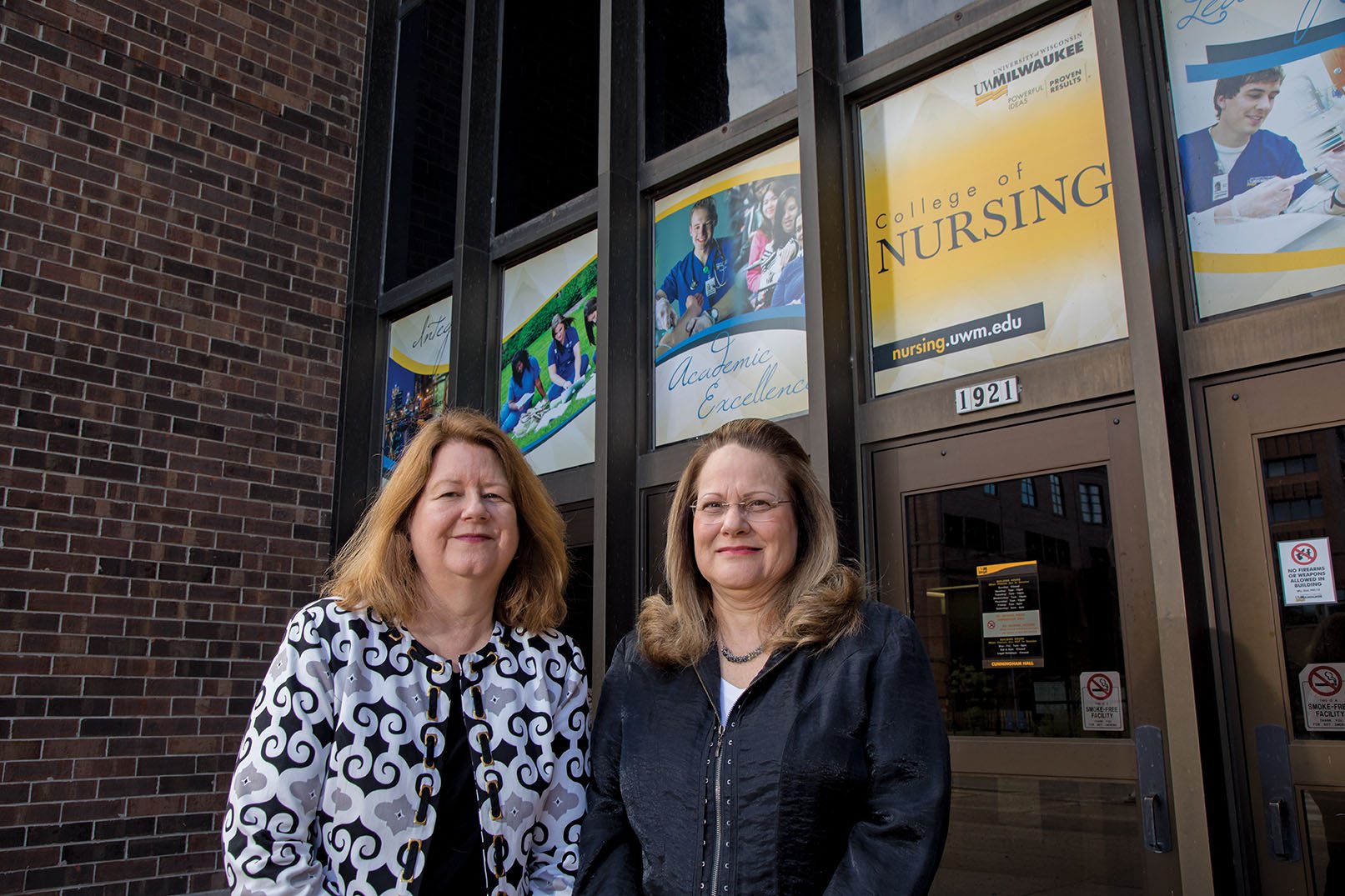
“At the end of the day, what is more important, adherence to a traditional model for its own sake, or measuring what students know?” Pedrick asks. “The traditional student straight out of high school is no longer the norm in higher education.”
Another Flex innovation is to replace the semester format with “subscription periods” of three months in length. Instead of courses, students master “competency sets” (groups of related learning outcomes and skills), and complete capstone projects and other non-graded academic activities.
Each student in the Flex program has access to a designated UW-Milwaukee instructor. Students also are supported by “academic success coaches” who help them address issues – often non-academic issues – that can hinder their progress.
Flex is also affordable: A three-month subscription for the BSN program at UW-Milwaukee runs $900 for a single competency set or $2,250 for the “All You Can Learn” option, which enables students to take as many sets as they are able to master in a single subscription period.
Kim Litwack, dean of the UW-Milwaukee College of Nursing, says there is a correlation between cost and the flexibility of the program.
“This is a different mode of learning,” she explains. “(As a faculty member), you are not in the classroom teaching, you are providing resources and structuring.”
The perspective of Jim Bumby is enlightening.
Bumby, a UW-Milwaukee nursing instructor, co-teaches a leadership course that is offered both in a classroom setting and in the Flex model. The contrast is clear.
Flex allows “students to develop an assignment and analyze it,” Bumby says. “As working nurses, they know how to handle it. Whereas in the classroom, you have to provide a lot of context and feedback.”
Nursing program fills a need
UW-Milwaukee’s development of the BSN Flex Option followed a 2011 report from the influential Institute of Medicine that recommended that 80 percent of the nation’s registered nurses earn a BSN by 2020. A recent study shows that a little over 44 percent of nurses working in Wisconsin have no more than a two-year degree.
Mary Olukotun, a 24-year-old Milwaukee resident who came here from Nigeria with her family at age 9, once fit that profile.
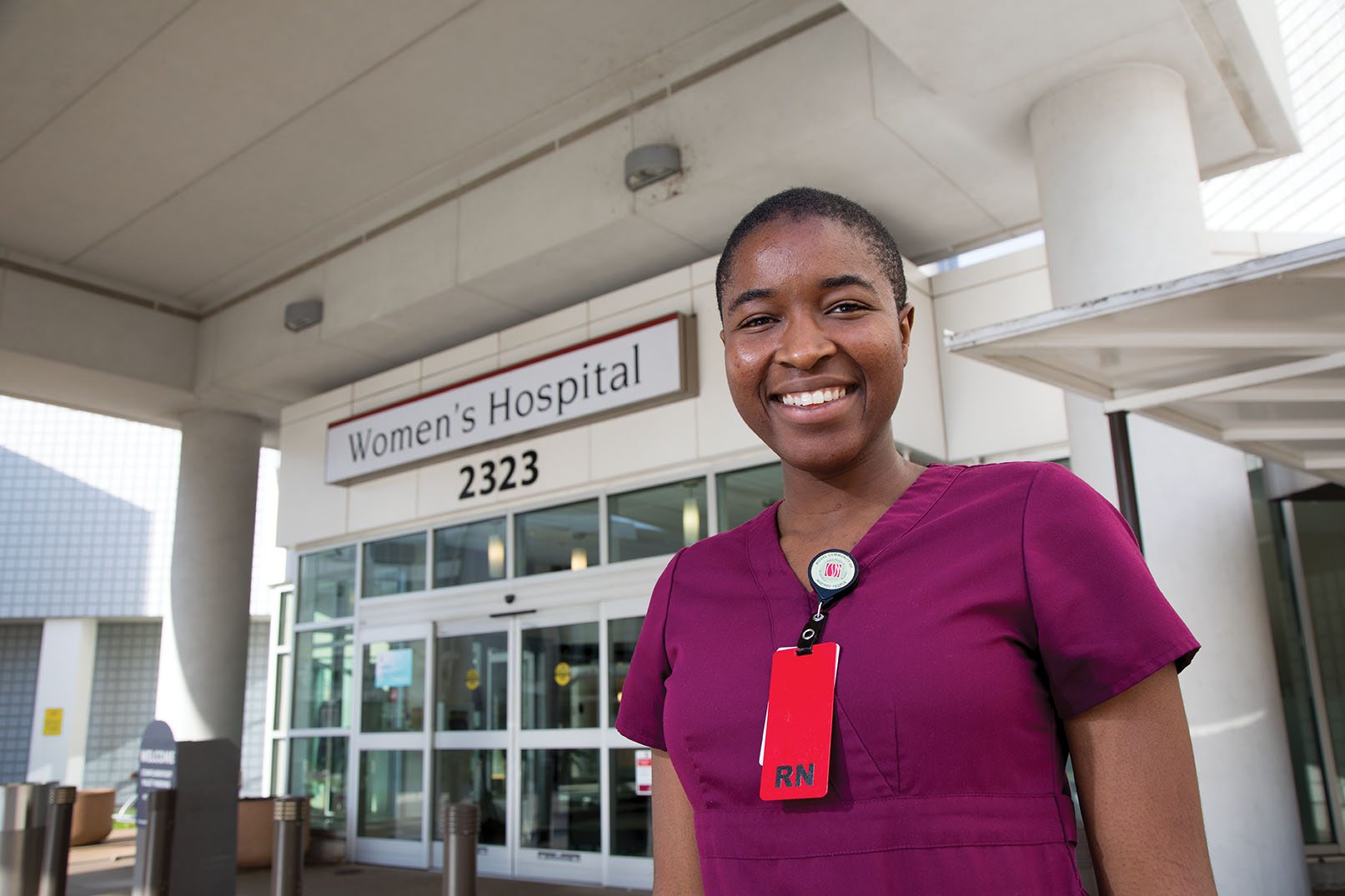
Olukotun can’t recall a time when she didn’t want to be a caregiver. That calling led her to Waukesha County Technical College, where she earned an associate degree in nursing, and then, in 2013, into a full-time job in health care.
It took only two years on the job to prove to Olukotun that she needed a BSN to move her career forward. The UW-Milwaukee Flexible Option “came naturally” to Olukotun, an introverted self-starter who was finding her way at a new and stressful job at a Milwaukee hospital.
“Sometimes, a professor can detract from your focus,” says Olukotun. “I definitely like setting my own pace. I’m the type of student who likes to go to class prepared, and it’s frustrating when you get to class and have to work at the pace of other students who aren’t prepared.”
Flex allowed Olukotun to earn her bachelor’s degree in just 16 months – and she’s not finished yet. She is pursuing a Doctor of Nursing Practice degree at UW-Milwaukee, though the graduate program is not yet offered as a flexible option. Her long-term goal is to work in public health as a nurse practitioner specializing in the medical needs of women and children.
The original architect of the Flex program, UW-Extension Dean David Schejbal, says students like Olukotun support the vision he sketched out in his white paper five years ago.
“Like the rest of adults juggling all kinds of personal responsibilities, (Flex students) live in fits and starts,” Schejbal says. “So they have to consume education in the same way. The Flex Option offers students the option to start and stop when life gets in the way.”
The philosophy is ideal in a program whose students are older (average age 34), predominantly female (60 percent) and overwhelmingly working full-time jobs and raising families.
One such student is Beth Haftoglou, a 38-year-old Madison native.
As a young woman, Haftoglou thought she had it all figured out. After high school, she left her hometown to study at the University of South Carolina. Four years later, bachelor’s degree in biology in hand, Haftoglou returned to Madison, tacked a two-year nursing degree onto her resumé and took a nursing job at William S. Middleton Memorial Veterans Hospital.
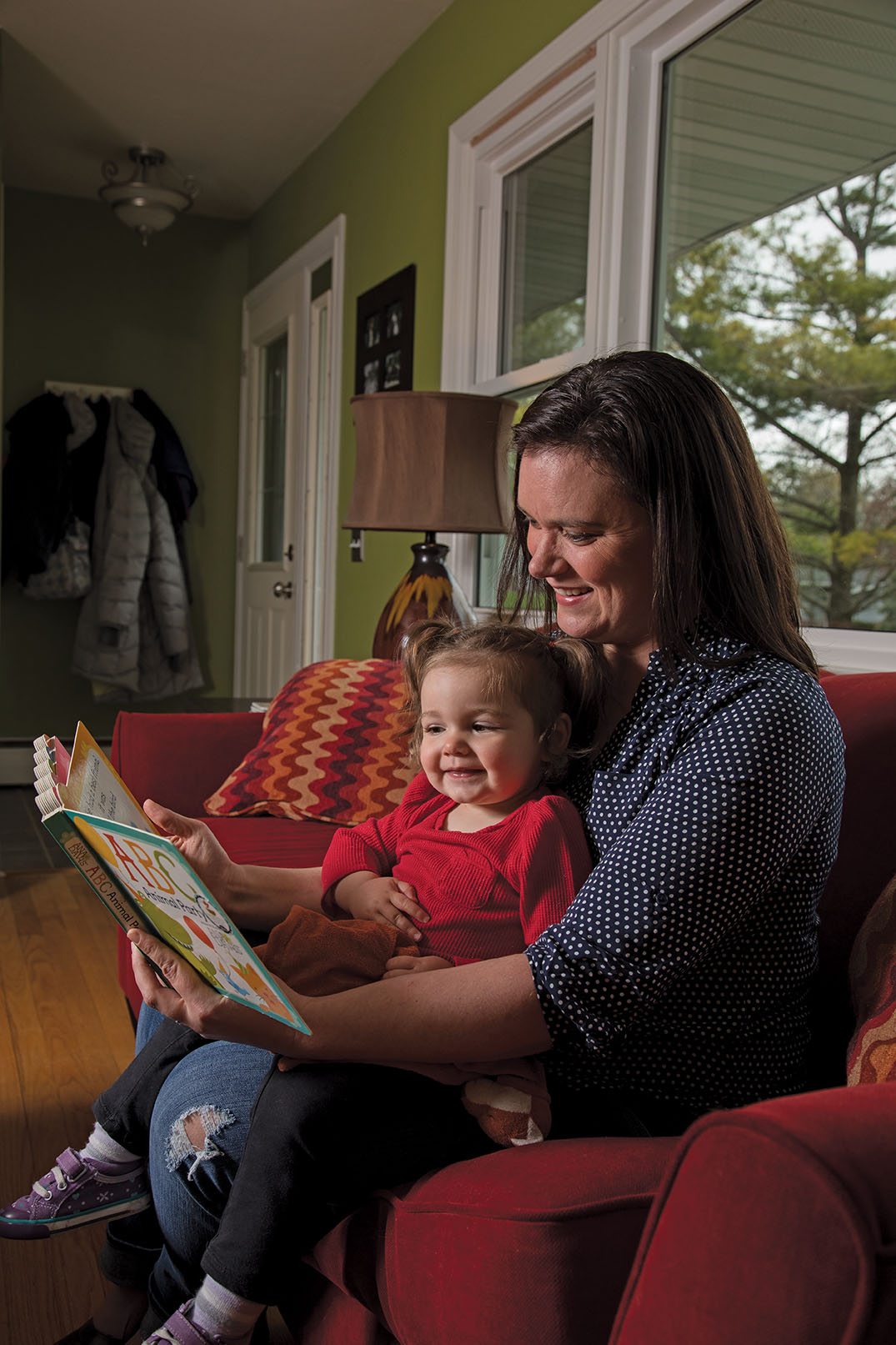
The years passed. Haftoglou married and started a family, and it became increasingly clear that, “if I wanted to make any progress in nursing, I needed the BSN.” She and her husband decided to postpone the addition of a second child until she got it.
The search for a suitable program led Haftoglou to Flex, an opportunity that “made sense” for a working mother who likes to “get things done quickly. I’m very Type A. I can get (an assignment) done in a week if I want to.”
She enrolled in Flex and almost immediately met her match – an unexpected pregnancy complicated by “profound” morning sickness. Struggling with her studies, Haftoglou sought the counsel of an academic success coach who advised her to take a temporary break. “That’s why they call it Flex,” the coach reminded her.
Haftoglou entered the program intending to finish in less than a year, and the time line ultimately stretched to 26 months, thanks to the obligations imposed by two small children and a full-time job. She earned her BSN in April. But were it not for the Flexible Option, morning sickness would have likely derailed her at the outset.
“I don’t think I could have done it in a structured program,” says Haftoglou. “(Flex gave me) control of my own destiny; I created my own path. And because the program is so flexible, I didn’t have to stop the momentum.”
The coach Haftoglou turned to when faced with a barrier is one of the things that sets Flex apart from traditional online learning. The Flex program features seven such coaches – three assigned to the nursing program and four others who aid students in UW-Milwaukee Flexible Option programs that confer bachelor’s degrees in information science and in diagnostic imaging.
Blake Bishop is one of the three academic success coaches assigned to work with BSN candidates. (The coach who advised Haftoglou has since left the program.) A marketing major who made an early-career switch to student services, Bishop on most days acts as a quick-fix intermediary to help students navigate the IT department, the library and other non-academic resources at UW-Milwaukee. But he also has been summoned to address family unrest, the death of a spouse and other matters that typically fall outside a university’s purview.
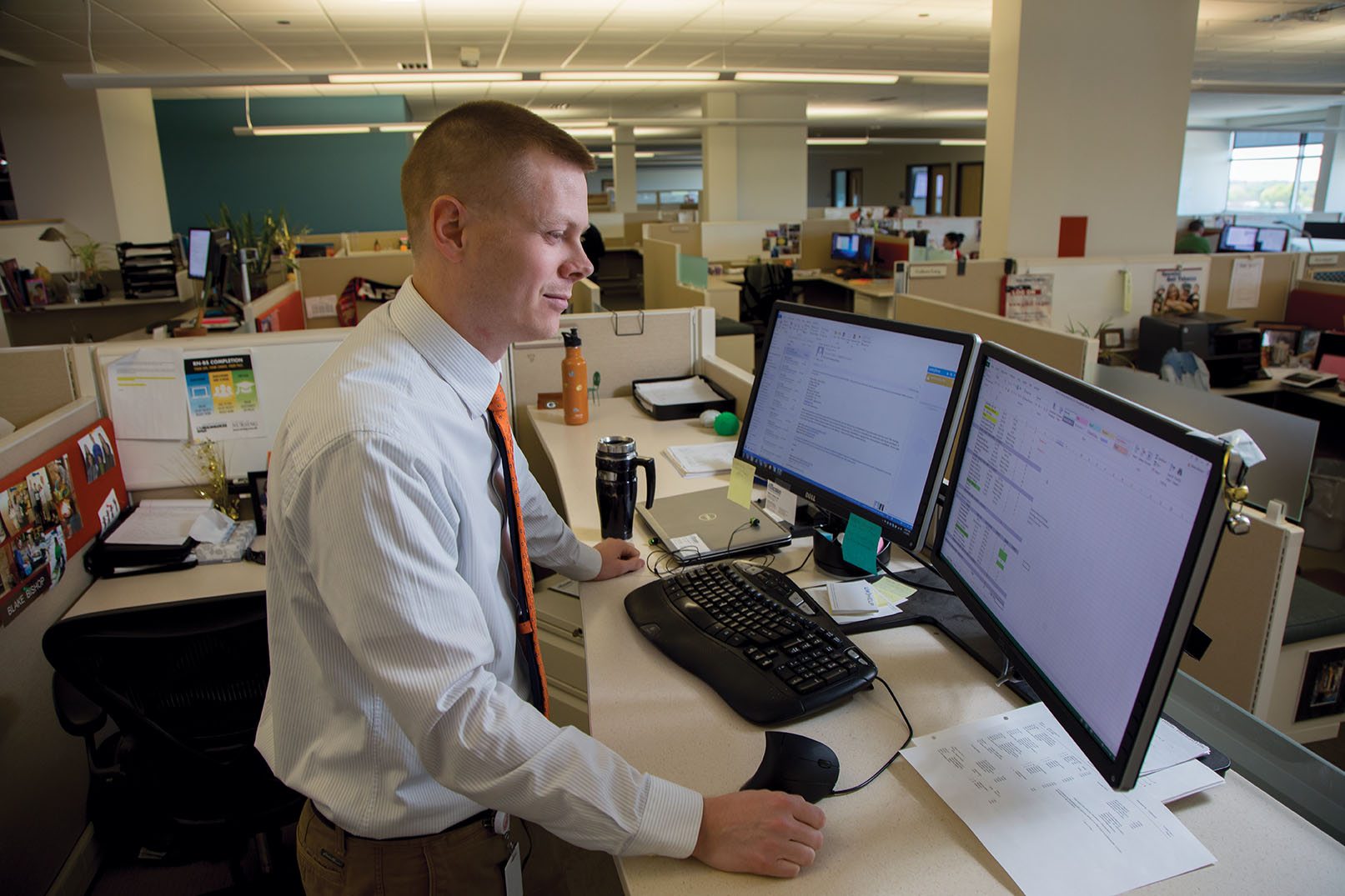
“Sometimes I feel like a traffic cop, sometimes I feel like a therapist,” Bishop says. “And sometimes I feel like a project manager because every single day is so different.”
Flexing his way to Google
Jamie Dear was living in Seattle with his wife and a newborn when Flex surfaced in his search for a bachelor’s program that would allow him to upgrade his associate degree in business.
Dear, whose wife is a Milwaukee-area native, says the combination of UW-Milwaukee and competency-based education represented “the perfect mix of flexibility and the strength of name.” In less than a year, he emerged from the program with a bachelor’s in Information Science and Technology.
“It was a difficult ten months, for sure,” Dear recalls. “But I didn’t have to follow a schedule telling me it was time to take a summer break, a spring break or a winter break. I just moved right through it.”
Dear and his family have since relocated to northern California, a move prompted by the opportunity to join a Google training program. Dear, 26, says that prestigious opportunity materialized, in part, because Google officials recognized the self-discipline required to complete the UW Flexible Option.
For all of its early success, Flex has experienced growing pains. It’s not easy to align a direct-assessment, project-driven, self-paced educational model with a traditional system organized around semesters and grade-point averages. In fact, Pedrick likens the restructuring of student information, financial aid, learning management and other internal systems to “the moon launch of higher education.” She adds: “(CBE) is designed to be much more flexible and to move us away from those traditional ways of doing things.”
For instance, although the higher education community is acquainted with quantitative measurements, UW-Milwaukee had to adjust its systems significantly to make an essay-focused, direct-assessment model compatible with the traditional means of measuring student progress. Elimination of computer-graded exams also increased the workload for Flex instructors.
Some, like Bumby, took it in stride.
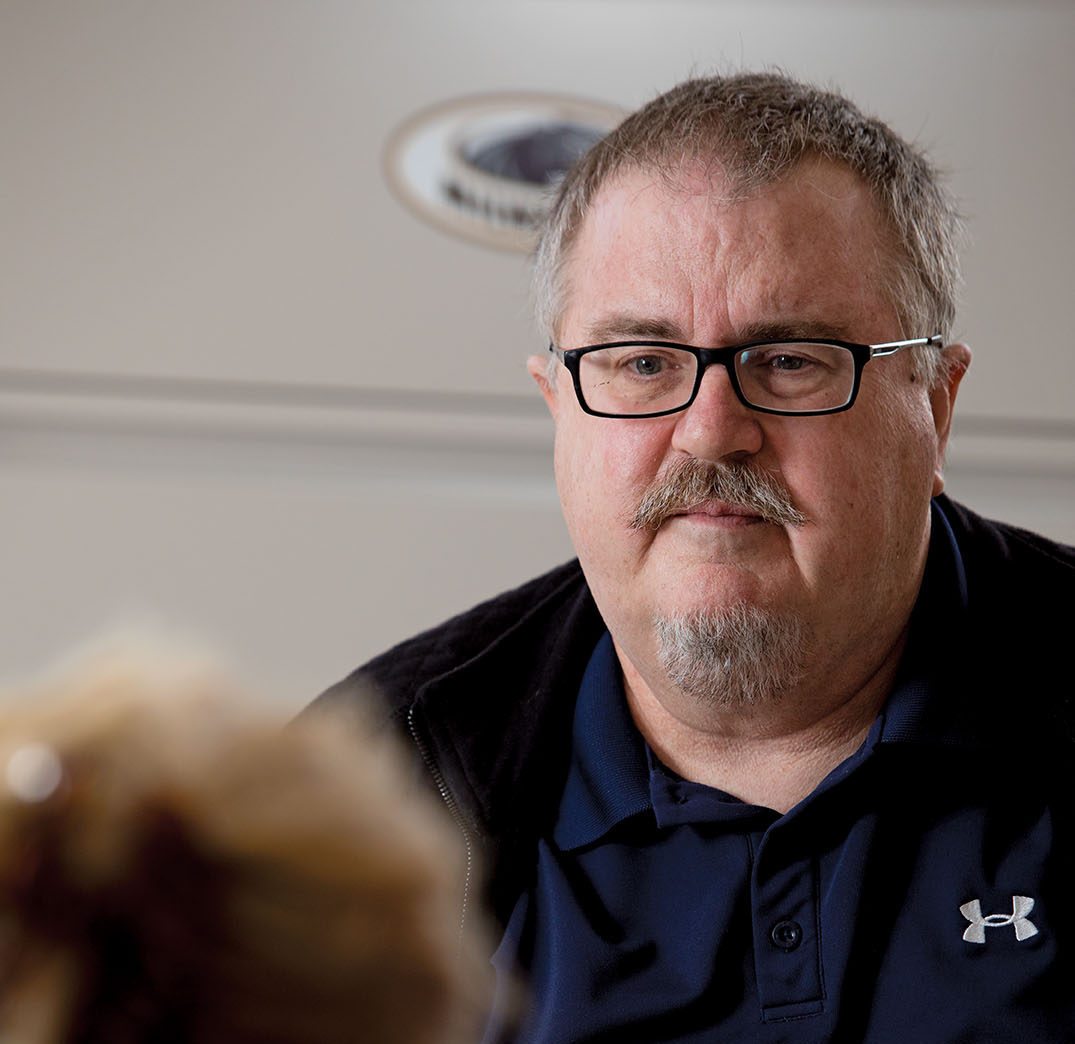
“I’m fortunate. I can speed read and that really helps,” says the co-instructor of the leadership course who combines teaching with his own work toward a Ph.D. in nursing. “I like the convenience because I can get a lot of work done on my own time.”
Litwack, the dean, says the nursing school now makes it clear to prospective faculty that Flex “runs seven days a week, 24 hours a day. There is no winter break, no spring break, no summer break.”
UW-Milwaukee and UW-Extension officials underscore the fact that Flex, as a relatively new program, is a work in progress. They’re committed to ongoing evaluation and improvement of the program, particularly in light of questions that the U.S. Department of Education has recently raised about competency-based education in general.
For instance, a 2016 memo from the department warned: “Institutions offering (CBE) programs must ensure that regular and substantive interaction (between students and faculty) is occurring … at the risk of being labeled a correspondence course.”
UW-Milwaukee responded to the memo by requiring each Flex student to submit a monthly progress report to his or her assigned instructor. In addition, the nursing school has commissioned a report that analyzes the performance of Flex students and compares it to that of UW-Milwaukee students enrolled in similar online courses that are not connected to Flex.
The study, yet to be published, showed that Flex nursing students seem to demonstrate higher-level critical-thinking skills than did students who took the same course in a traditional online mode.
“Taken on the whole, these findings do not support the idea that non-term, direct assessment programs are categorically of lower quality when compared to more traditional programs,” the study’s authors wrote. “Indeed, these findings suggest that programs such as the UW Flexible Option that have deeply incorporated robust assessment strategies and high-quality student support may serve their students as well or better than those in other teaching environments.”
Still, no study was needed to convince Beth Haftoglou, Mary Olukotun, Jamie Dear and Linda Thayer that Flex was right for them.
For her part, Thayer enrolled in the UW Flexible Option last November, adding it to her duties as a dialysis clinic nurse, caregiver and head of the town ambulance squad. In April, not six months after enrolling, she completed the program and earned her BSN. UW officials call it the fastest turnaround in the Flex program’s three-year history.
Thayer took the accomplishment in stride.
“Once I decide to do something, I do it,” she says. “They weren’t so sure I could get it done so quickly… but they believe it now.”

